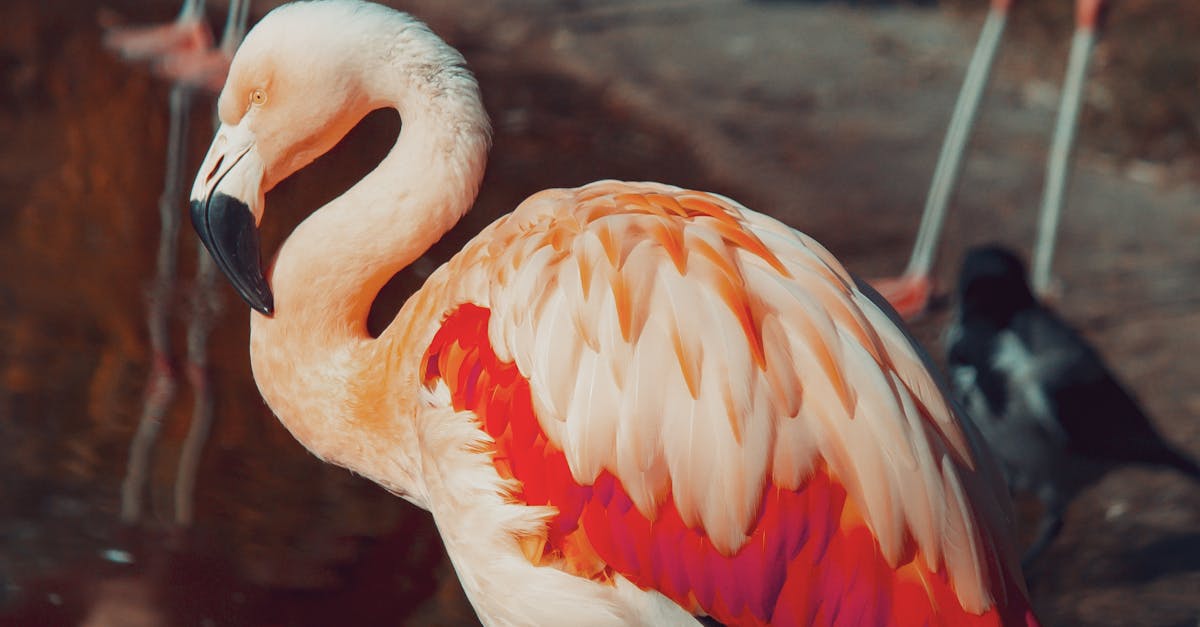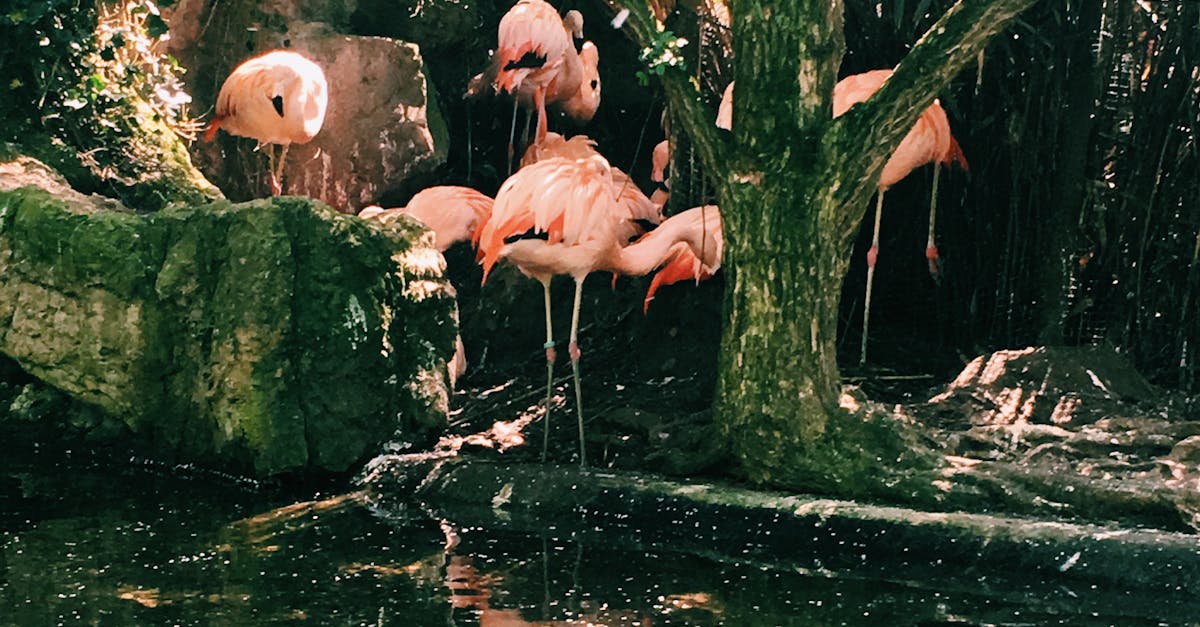
Role of Zoos in Animal Showcases in Lahore Pakistan in Lahore Pakistan
Zoos play a crucial role in showcasing animals through various exhibits designed to educate the public. These Animal Exhibits serve as a platform for visitors to observe species from different habitats and regions. By presenting animals in environments that mimic their natural settings, zoos aim to foster a connection between the public and wildlife. This immersive experience can spark curiosity and drive interest in conservation efforts.
In addition to entertainment, animal exhibits often focus on educating guests about the behavior and biology of the showcased species. Interactive displays and informative signage enhance the overall learning experience. Through behind-the-scenes tours and keeper talks, zoos offer deeper insights into animal care and conservation initiatives. This engagement encourages a greater appreciation for wildlife and the challenges they face in their natural habitats.
View this external resource for great tips and advice.
Education and Conservation Efforts
Animal exhibits play a crucial role in educating the public about wildlife and conservation efforts. Many zoos and aquariums design their displays to provide interactive experiences that engage visitors. These experiences often highlight the unique characteristics of various species, fostering a sense of appreciation and understanding. By showcasing animals in their habitats, these institutions aim to create lasting connections between people and the natural world.
Furthermore, animal exhibits frequently incorporate information about conservation issues affecting species and their environments. Educators within these organizations use the opportunity to inform visitors about the threats faced by wildlife, including habitat loss and poaching. By raising awareness through engaging presentations, these exhibits inspire individuals to become advocates for conservation. Ultimately, the blend of education and entertainment at animal exhibits helps cultivate a more informed public that can contribute to wildlife preservation efforts.
See here for more great tips.
The Impact of Animal Shows on Public Awareness
Animal exhibits play a vital role in shaping public perceptions about wildlife and conservation. By presenting various species in engaging settings, these shows draw attention and spark curiosity among attendees. Visitors often leave with a deeper understanding of animal behaviors, habitats, and the challenges many species face in the wild. As people connect with animals they may never encounter in their daily lives, the experience fosters empathy and a sense of responsibility toward nature.
The presence of animal exhibits encourages discussions around environmental issues and the importance of biodiversity. Through visual storytelling and direct interactions, these showcases can motivate individuals to support conservation initiatives. People are more likely to participate in eco-friendly practices when they recognize the plight of animals and the ecosystems they inhabit. This increased awareness can catalyze community efforts to protect endangered species and their habitats.
Raising Awareness About Animal Conservation
Animal exhibits play a crucial role in educating the public about the importance of wildlife conservation. By showcasing various species, zoos and conservation organizations create opportunities for visitors to engage with animals they might never encounter in their natural habitats. This firsthand experience fosters empathy and a deeper understanding of the challenges faced by different species. When people see these animals up close, they become more invested in their survival and the preservation of their ecosystems.
Furthermore, animal exhibits often highlight specific conservation initiatives and the efforts made to protect endangered species. Informational signage and interactive displays provide essential context about the threats these animals face, such as habitat destruction and poaching. Visitors leave with actionable knowledge, inspired to support conservation efforts, whether through donations or awareness campaigns. These exhibits serve as vital platforms for discussions about environmental stewardship and the collective responsibility to safeguard wildlife for future generations.
Training Animals for Exhibitions
Training animals for exhibitions involves a combination of behavioral conditioning and trust-building between the animals and their trainers. The process often begins with introducing animals to various stimuli in a safe and controlled environment. Positive reinforcement plays a crucial role, as trainers reward desired behaviors with treats or praise. This method helps the animals feel comfortable and encourages them to perform specific actions during animal exhibits.
Different species require tailored training approaches to ensure their well-being and effectiveness in showcases. Methods may vary based on an animal's natural instincts and temperament. For instance, marine mammals may be taught through water-based activities, while terrestrial animals might focus on land-based tricks. Understanding these differences allows trainers to create engaging and humane experiences for both the animals and the audience during exhibitions.
Techniques and Methods Used
Training animals for exhibitions requires a deep understanding of the species’ natural behaviors and needs. Trainers often employ positive reinforcement techniques to encourage desirable behaviors. This involves rewarding animals with treats or praise when they perform specific actions. By gradually shaping these behaviors through consistent practice, trainers ensure that animals feel comfortable and secure in their environment. This approach not only benefits the animal's well-being but also enhances the overall quality of the animal exhibits.
In addition to positive reinforcement, building a strong bond between the trainer and the animal plays a crucial role in the training process. Trust is essential for successful displays, as animals need to feel confident in their handlers. Trainers often spend significant time developing relationships with their animals, familiarizing them with the training space and the various stimuli they might encounter during shows. The techniques used in training aim to create engaging and educational animal exhibits that captivate audiences while promoting an understanding of conservation efforts.
FAQS
What is the term used for showing an animal to an audience?
The term commonly used for showing an animal to an audience is "animal exhibition" or "animal show."
What role do zoos play in animal showcases?
Zoos play a crucial role in animal showcases by providing educational programs, conservation efforts, and opportunities for the public to learn about different species and their habitats.
How do animal shows raise awareness about animal conservation?
Animal shows raise awareness about animal conservation by educating the public about endangered species, highlighting conservation efforts, and encouraging responsible behaviors to protect wildlife.
What techniques are used to train animals for exhibitions?
Techniques used to train animals for exhibitions include positive reinforcement, clicker training, and desensitization, which help ensure the animals are comfortable and willing to participate in the shows.
Are animal shows beneficial for the animals involved?
Animal shows can be beneficial if conducted ethically, as they provide enrichment, mental stimulation, and opportunities for socialization, but it is essential that the welfare of the animals remains a priority.
